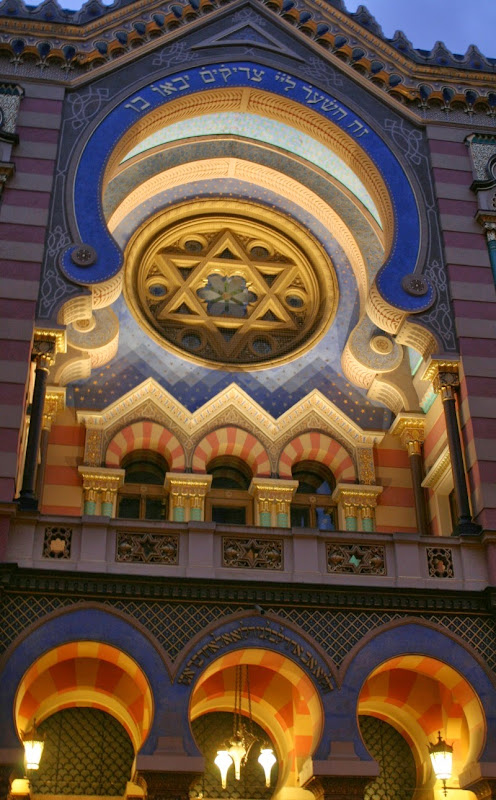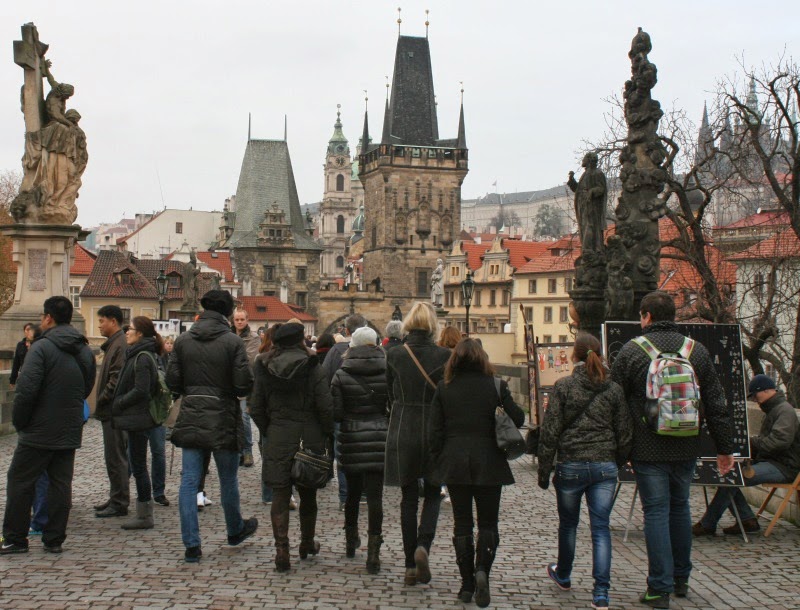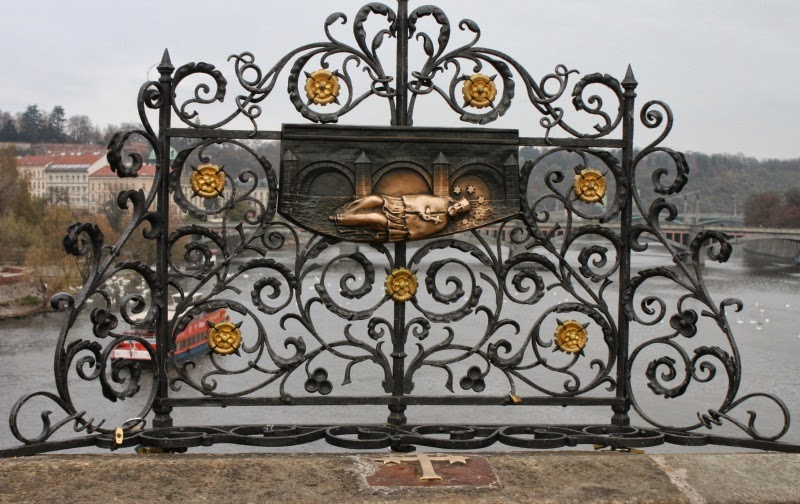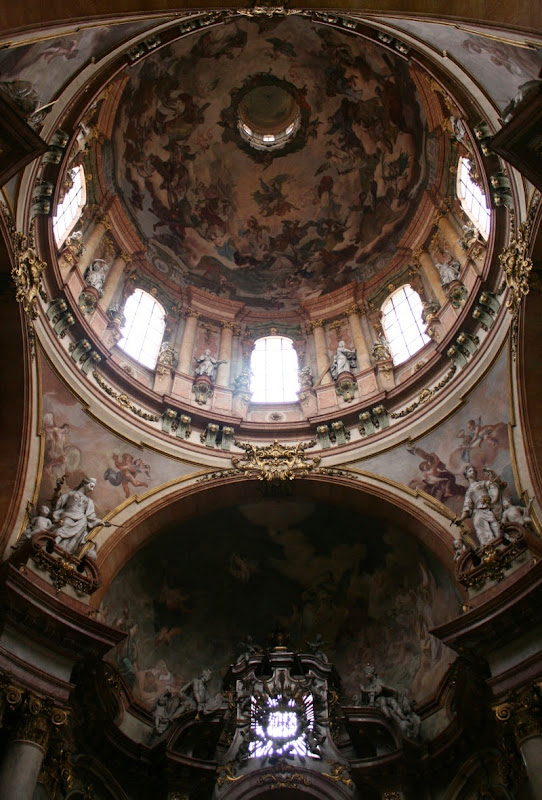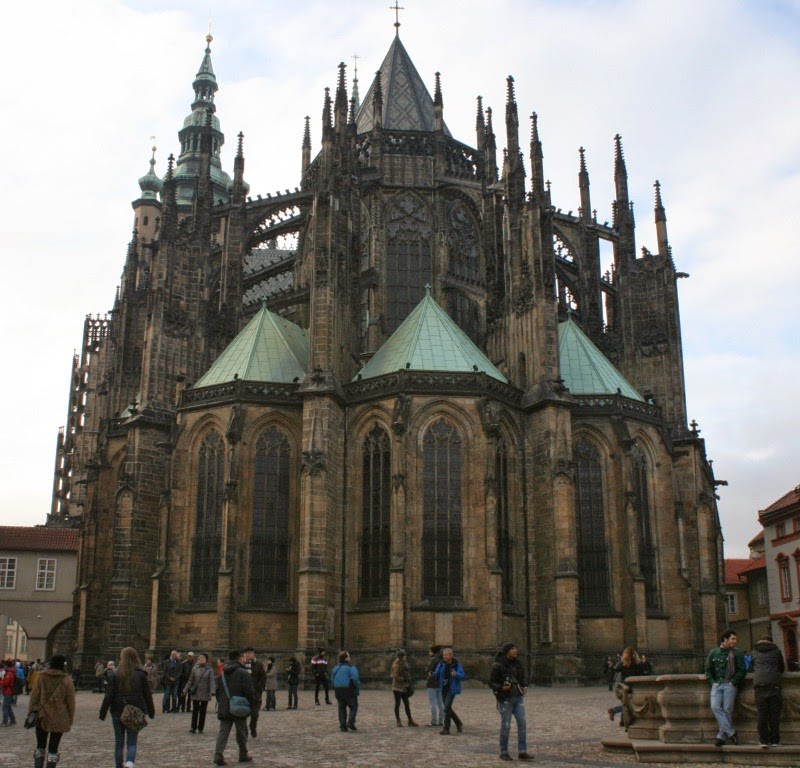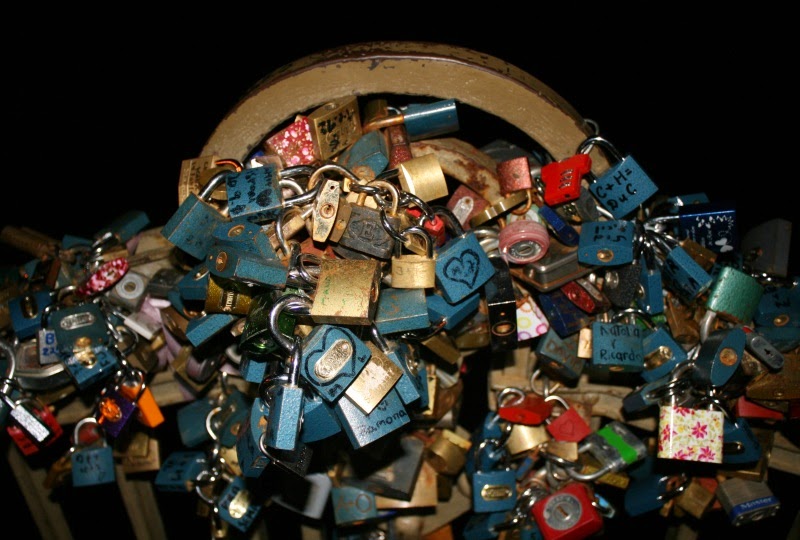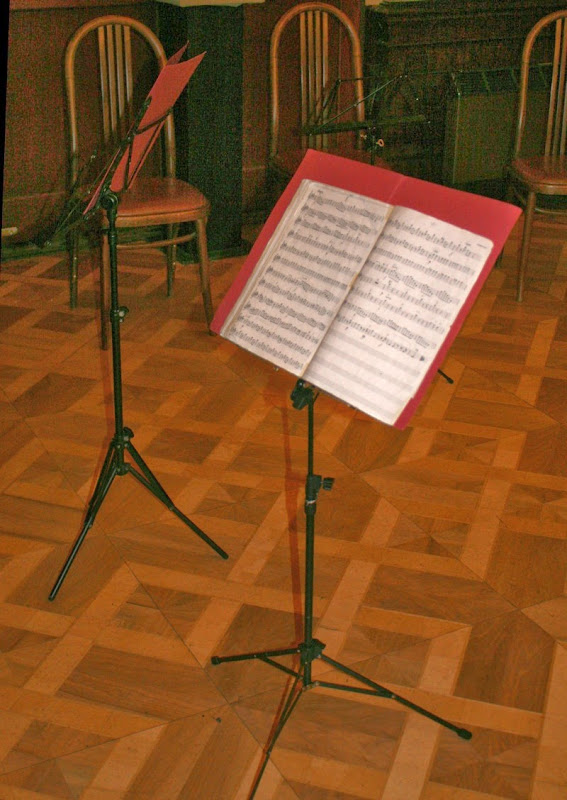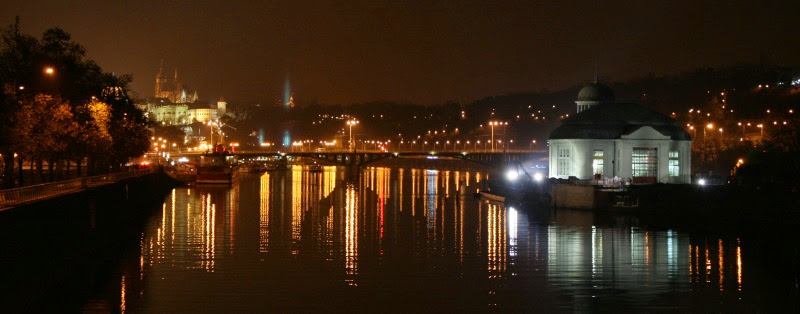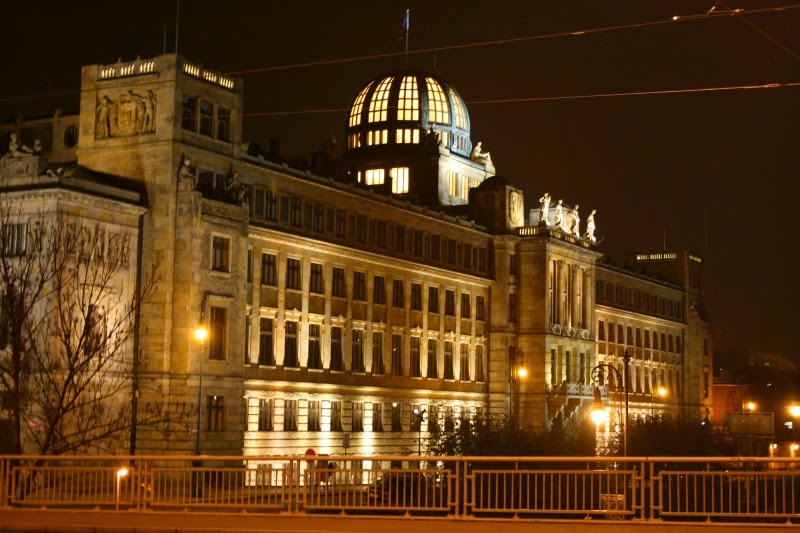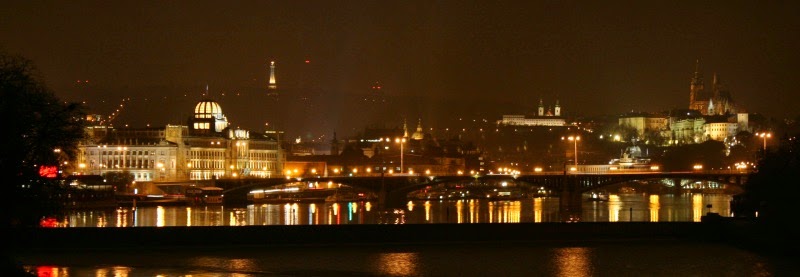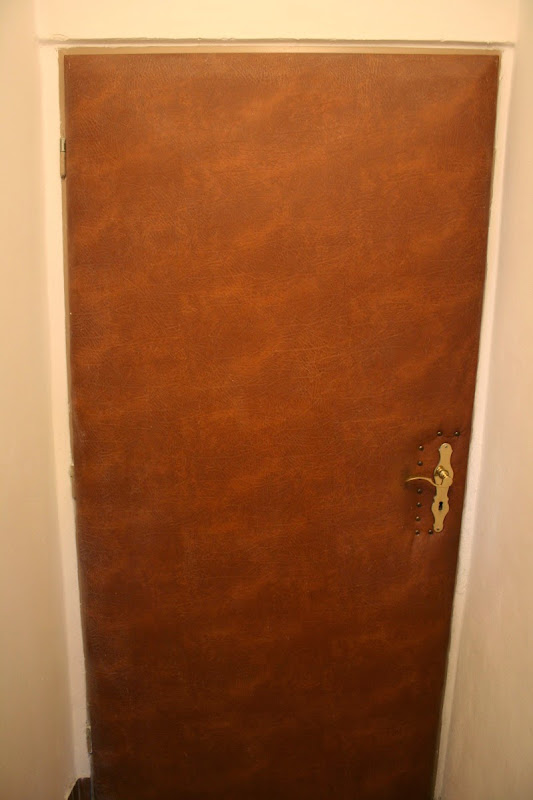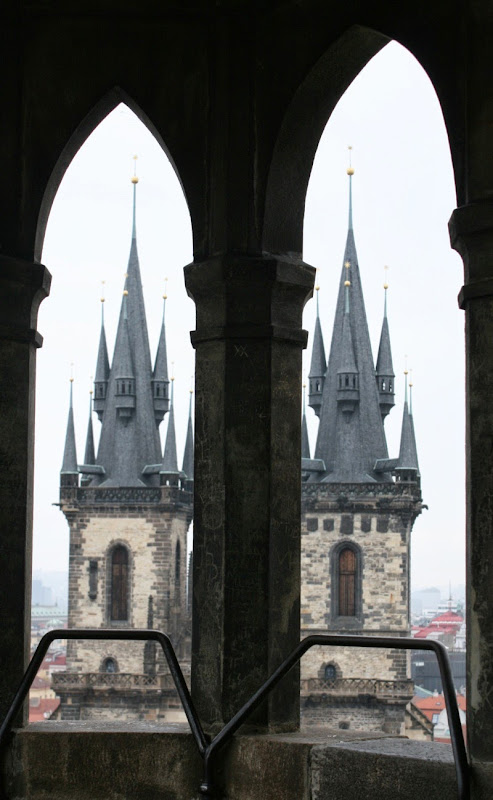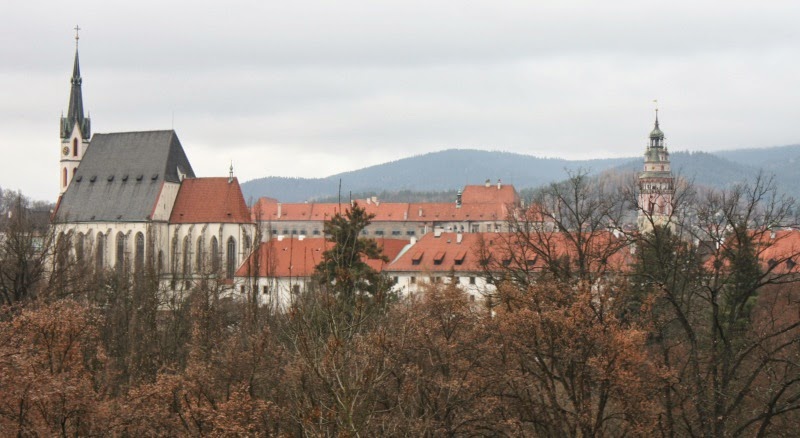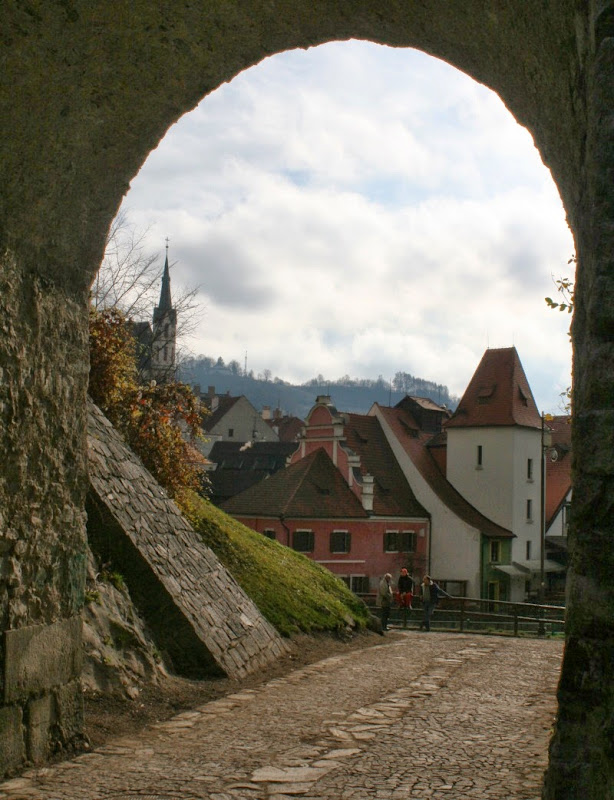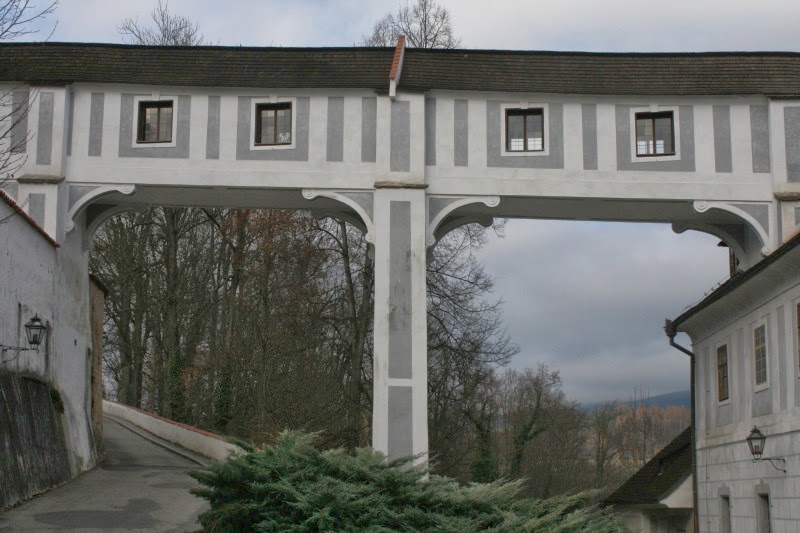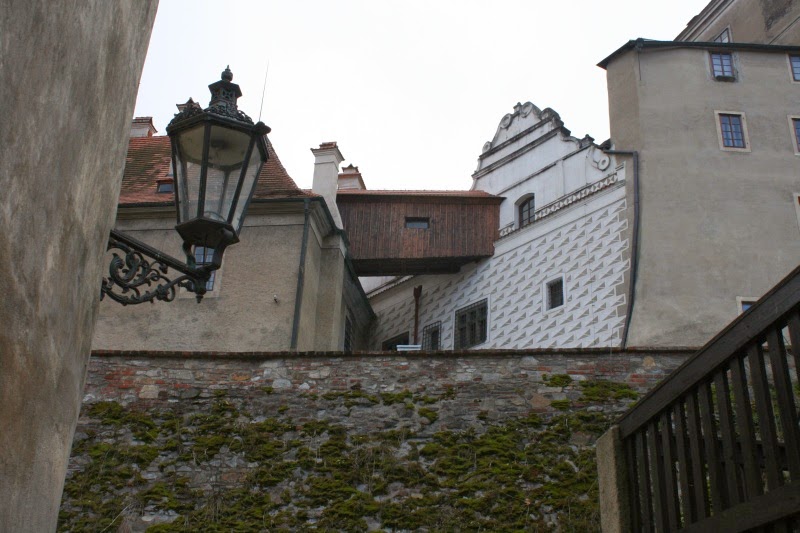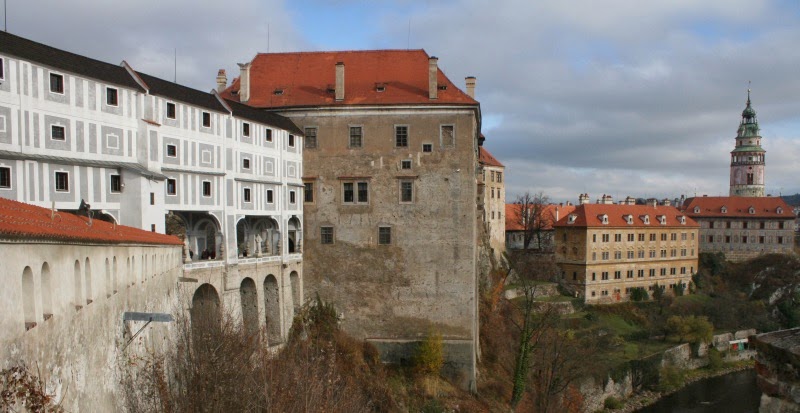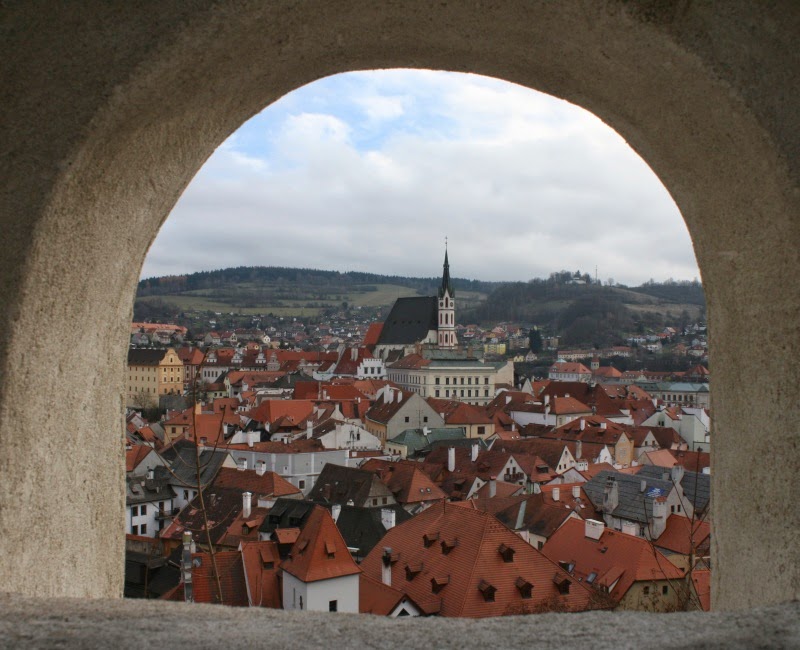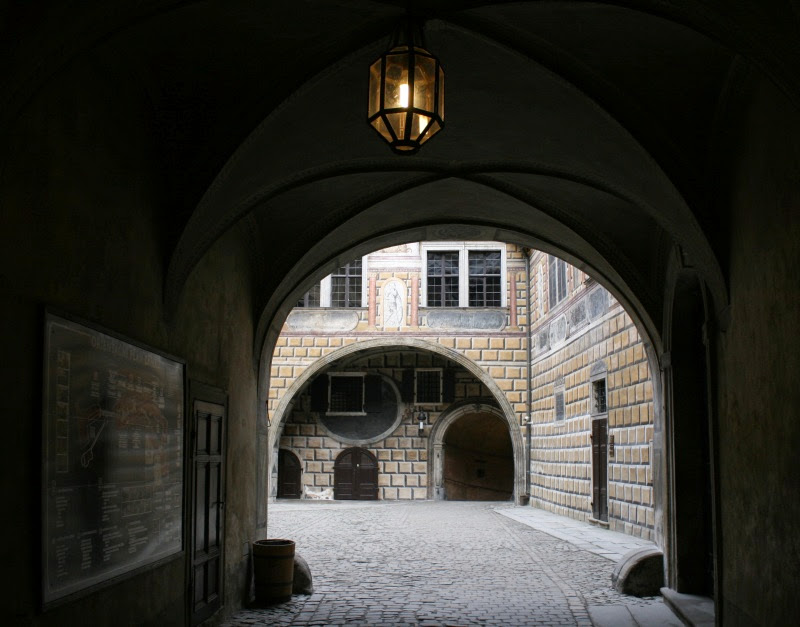First I went to Olšany Cemetery (which is actually 12 cemeteries) with up to 2 million burials. It's one of the oldest graveyards I've seen, because it was originally created as a plague pit in 1679. Due to its vast size, I couldn't find the plague monument. I pulled out my finest charades move, but it's actually pretty difficult to mime the plague, and the disinterested groundskeeper pointed me towards Franz Kafka's grave instead. Did he die with armpit buboes? I don't think so.


Quite a few graves featured this bird motif.

Unexpectedly, in one corner is a Commonwealth War Graves graveyard, with an over-representation of young Kiwis.

There's also a section for Russian soldiers, with their traditional high body count.
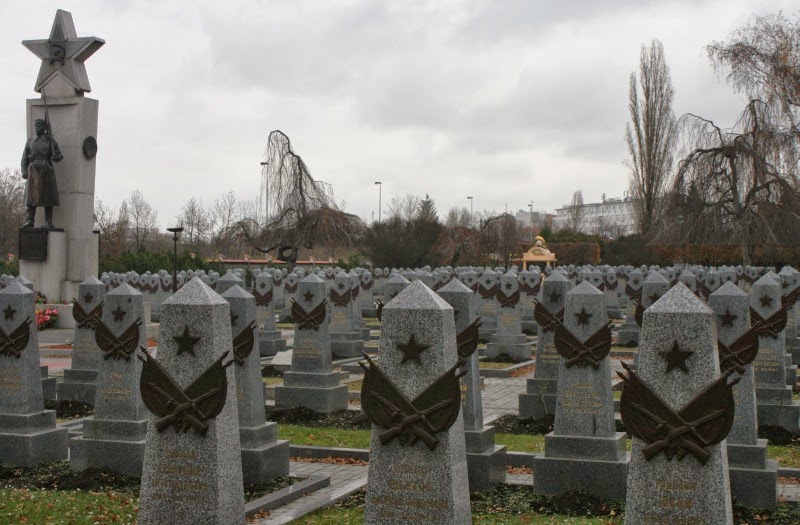
One of the churches in the middle is surrounded by unusual cross. I believe that's an orthodox church.


The New Jewish Cemetery at Olšany is, if anything, more conservative looking than the Christian parts.

As mentioned, its most famous inhabitant is Franz Kafka. Finding it was a bit of trial, although I'm not sure why.

Most striking to me were the plaques on the wall to Jewish residents of Prague who were murdered in WWII.

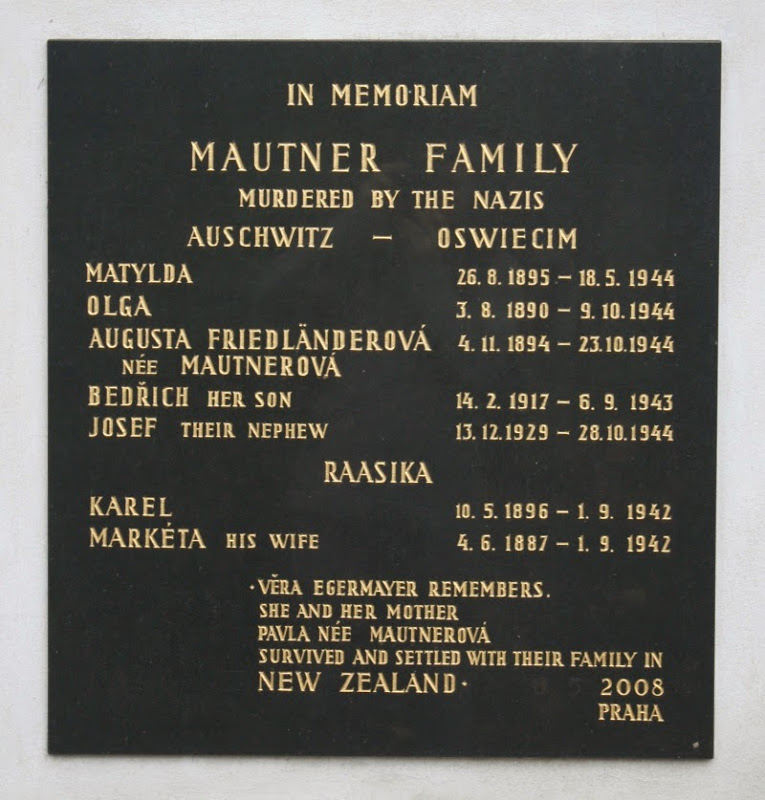
I then headed back to Prague's Jewish Quarter. The Old Jewish Cemetery dates back to at least 1439. It only covers a small area, but has as many as 100,000 burials. To enable them to fit, extra layers of soil were put down and new graves built on top of old ones. There are 12 layers of graves. It makes for a very chaotic scene.
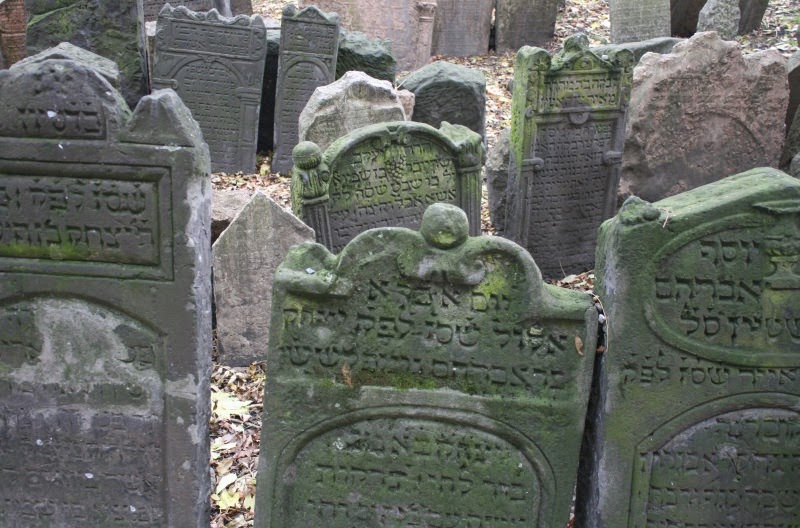

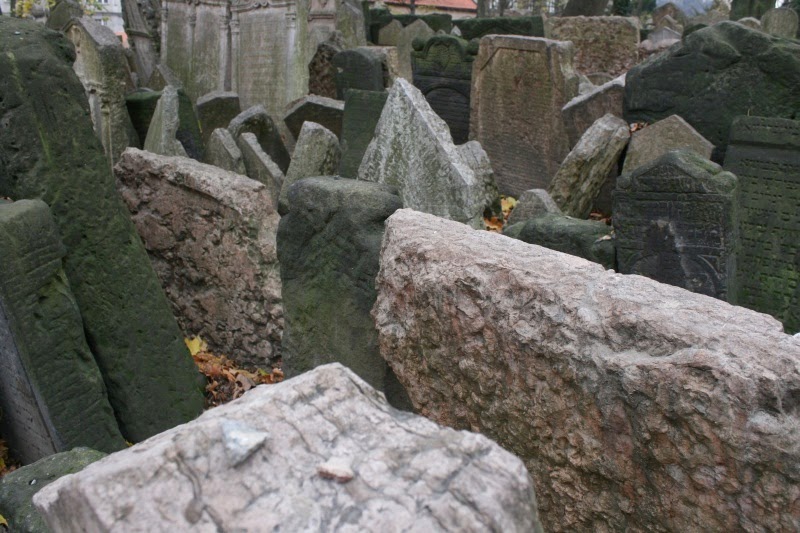



Certainly the Prague Jews did not fair well in WWII, but the city's 6 synagogues did survive - something that did not happen in a lot of German-occupied cities.

